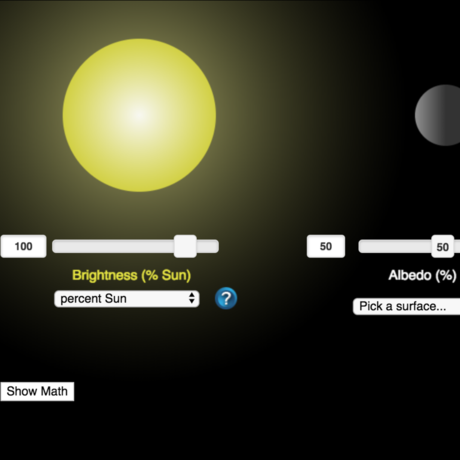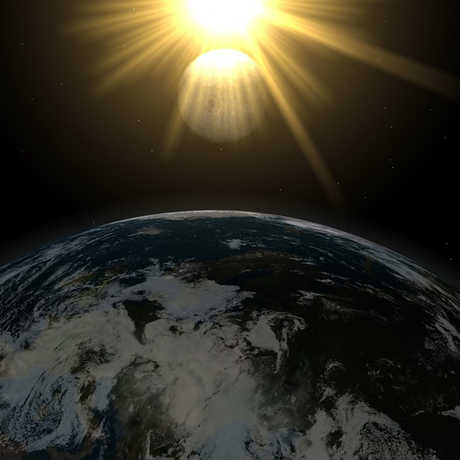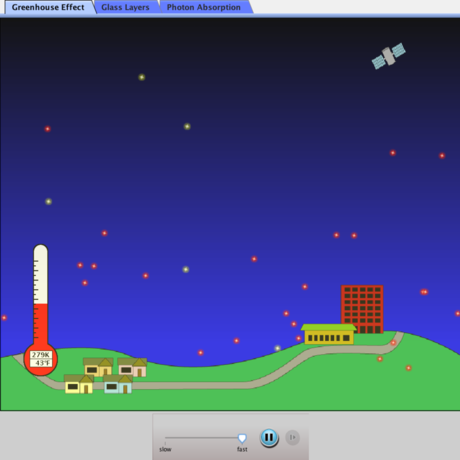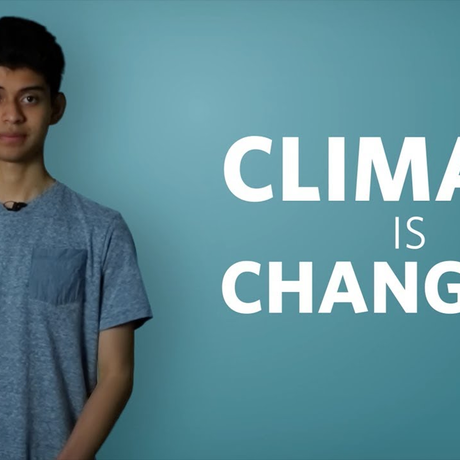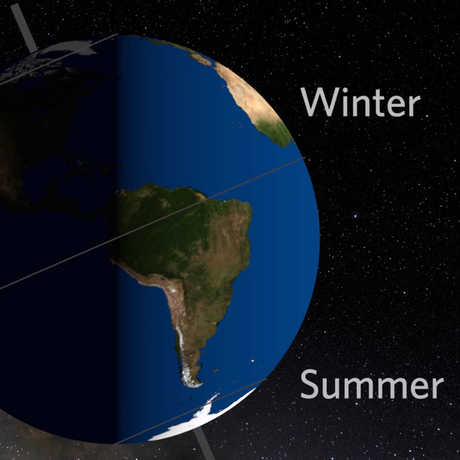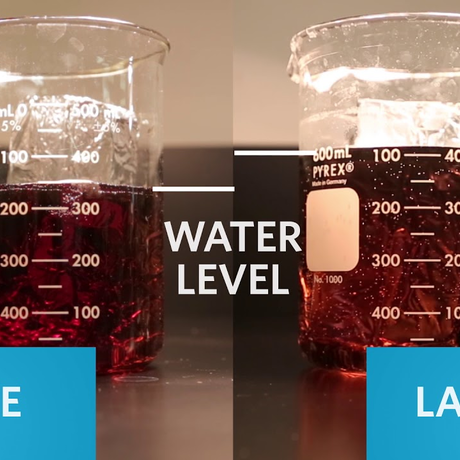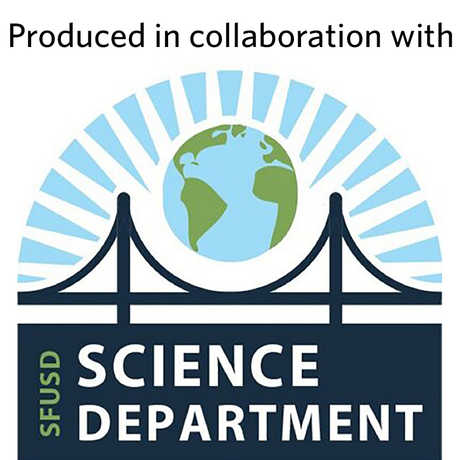
Grade level: 6-12
Length: 4.5 minutes
Next Generation Science Standards: HS-PS3.A, HS-PS3.B, HS-PS4.B
Video Synopsis
The Moon and Earth are virtually the same distance from the Sun, but their surface temperatures can be VERY different. The Moon experiences much more extreme temperature variations between the lunar day and night. What on Earth can account for its more comfy climate? The answer is in the atmosphere.
This video was produced in collaboration with the San Francisco Unified School District as a part of their NGSS-aligned high school chemistry curriculum.
Would you like to use still versions of the energy balance diagrams shown in this video in your teaching? Simply right click on any of the images below and choose 'Save Image As'.





